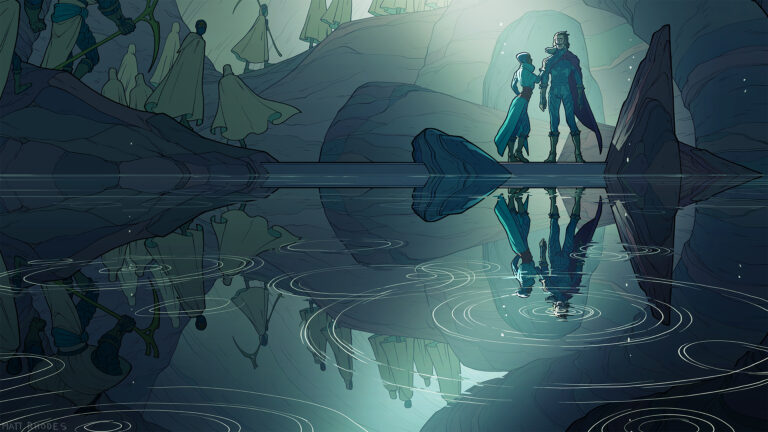Ogni lunedì un libro per iniziare la settimana.
Carlo Ratti,
Architettura Open Source: Verso una progettazione aperta
Einaudi.
Mi è già capitato di parlare di “architettura open source”, in particolare in relazione al lavoro di Christopher Alexander ed a ciò che l’ha spinto a sviluppare il suo Pattern Language. Carlo Ratti, a mio parere tra le figure più interessanti del nostro tempo, vi si rifà direttamente ed esplicitamente, analizzandone i principi guida e concentrandosi sulle ragioni del suo fallimento, per espandere ulteriormente il concetto.
La figura dell’architetto-eroe ha segnato gran parte della storia dell’architettura del Novecento. Ma non è sempre stato così: in passato il modo di progettare e costruire case e città è spesso avvenuto con metodi collaborativi, idee sviluppate dal basso più che imposte dall’alto. Qualcosa di simile sta accadendo oggi, sull’onda del movimento Open Source e dei nuovi modelli di partecipazione in rete. Si tratta potenzialmente di una vera rivoluzione nel campo dell’architettura e del design.
Il libro si articola attraverso sette capitoli che guidano un ipotetico lettore non tecnico verso la naturale conclusione, ma che in realtà si rivolgono con naturalezza all’interlocutore tecnico, al progettista, nel tentativo di stimolare un pensiero diverso, inclusivo e sostenibile:
- L’architetto prometeico: un eroe modernista;
- Architetture dal basso: un modo di costruire senza tempo;
- Perché non ha funzionato: un cammello è un cavallo progettato da un’assemblea;
- Imparare dalla rete: paradigmi partecipativi nel mondo digitale;
- L’open source diventa fisico: come le tecnologie per la collaborazione digitale sono diventate tangibili;
- Costruire armonie: verso un architetto corale;
- Tocca a te, progetta!
In ogni progetto collaborativo,
la difficoltà sta nell’ottimizzare la partecipazione,
preservando allo stesso tempo un ordine chiaro
e un obiettivo univoco.
Il concetto di architettura open source è un concetto ricorrente nell’opera di Carlo Ratti e trovate materiale anche sul suo sito. L’argomento è stato affrontato, in particolare, alla Biennale di Istanbul del 2012.







1 Comment
Pingback:Carlo Ratti, Matthew Claudel – La città di domani – Shelidon
Posted at 11:02h, 22 June[…] già consigliato un titolo di Carlo Ratti, in particolare la sua Architettura Open Source, in relazione al lavoro di Christopher Alexander e […]